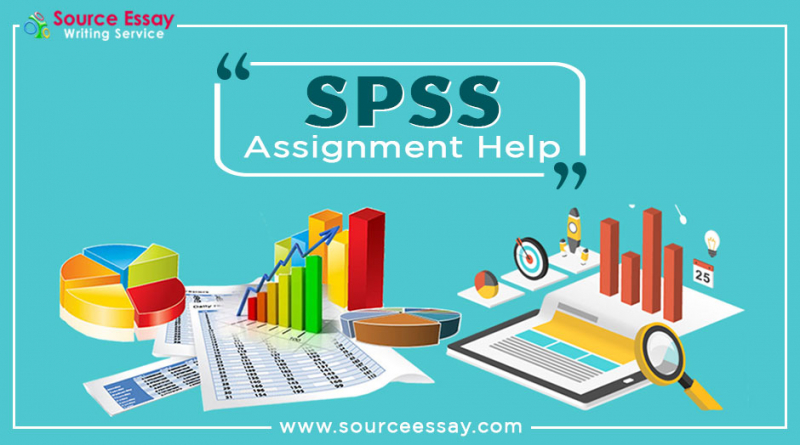Understanding and Visualizing Data with Python

Learners will be exposed to statistics in this course, including where data comes from, research design, data management, and data exploration and visualization. Learners will recognize various forms of data and will be able to visualize, analyze, and comprehend univariate and multivariate data summaries. Learners will also be introduced to the differences between probability and non-probability sampling from bigger populations, the concept of sample estimates, and how probability sampling may be used to make inferences about larger populations.
Learners will use the statistical ideas they've learnt in Python within the course environment at the end of each week. Learners will discover the various uses of Python as a tool, including the Numpy, Pandas, Statsmodels, Matplotlib, and Seaborn libraries, during these lab-based lessons. Learners can use the tutorial videos to move through the construction of visualizations and data management in Python. This course makes use of Coursera's Jupyter Notebook platform. This is one of the best online SPSS courses.
What you will learn
- Create data visualizations and numerical summaries with Python and communicate statistical ideas effectively and concisely to a wide audience.
- Determine which analytic approaches are appropriate for both probability and non-probability samples.
Skill you will gain
- Statistics
- Data Analysis
- Python Programming
- Data Visualization (DataViz)
Instructor: Brenda Gunderson and 2 more instructors
Coursera rate: 4.7/5.0, 2.282 ratings
Offered by: University of Michigan
Enroll here: https://www.coursera.org/learn/understanding-visualization-data







